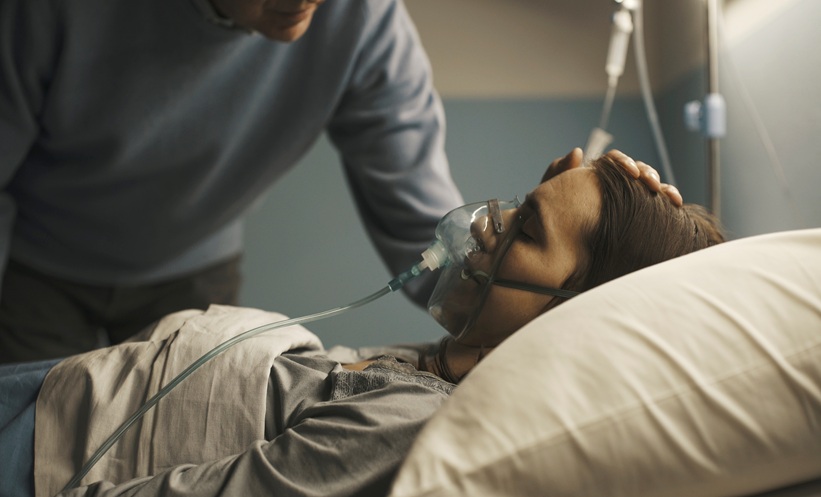CHILDREN with bronchiectasis face vastly different diagnoses, treatment standards, and outcomes depending on where they live, according to new international registry data.
Bronchiectasis in children remains under-recognised globally, with no prior multicountry data capturing its clinical variability. This new cross-sectional cohort study used the Child-BEAR-Net international registry to assess 408 patients under 18 years of age from eight countries across four regions: Australia, South Africa, Greece-Italy-Spain, and Albania-Türkiye-Ukraine. Patients with cystic fibrosis or post-transplant status were excluded. Researchers collected clinical and demographic data from secondary and tertiary centres, benchmarking against international consensus statements on quality care.
The median age at diagnosis was 6.0 years, with 56% of patients male. The most common causes were post-infectious disease (31%), immune deficiencies (19%), and genetic disorders (13%). Asthma (17%) and ENT conditions (14%) were frequent comorbidities. Over a third experienced at least three exacerbations in the prior year, and nearly half required hospitalisation. Lung function varied widely: 59% of 227 patients had normal spirometry, but median FVC Z scores differed substantially, ranging from -0.12 in Australia to -1.54 in South Africa. Bacteriology also differed, with Haemophilus influenzae found in 70% of tested children in Australia but only 16% in Albania-Türkiye-Ukraine. Pseudomonas aeruginosa was more common in South Africa (24%) than in Eastern Europe (5%).
Treatment practices were also inconsistent: long-term azithromycin use ranged from 50% in southern Europe to just 19% in Eastern Europe, while inhaled corticosteroid use was highest in Albania-Türkiye-Ukraine (61%) and lowest in Australia (22%). Radiographic severity also varied; cystic bronchiectasis appeared in 45% of South African patients versus only 2% in Australian children. Quality-of-care gaps were evident: although diagnostic testing met standards in most centres, fewer than half the patients had seen a paediatric physiotherapist in the previous year.
This registry provides the first comprehensive international picture of paediatric bronchiectasis. Findings show the urgent need to address care disparities and standardise management globally.
Reference
Garriga-Grimau L et al. First results from the international paediatric bronchiectasis registry (Child-BEAR-Net Registry) describing multicountry variations in childhood bronchiectasis and its management: a multicentre, cross-sectional study. Lancet Respir Med. 2025; DOI:10.1016/S2213-2600(25)00089-X.








